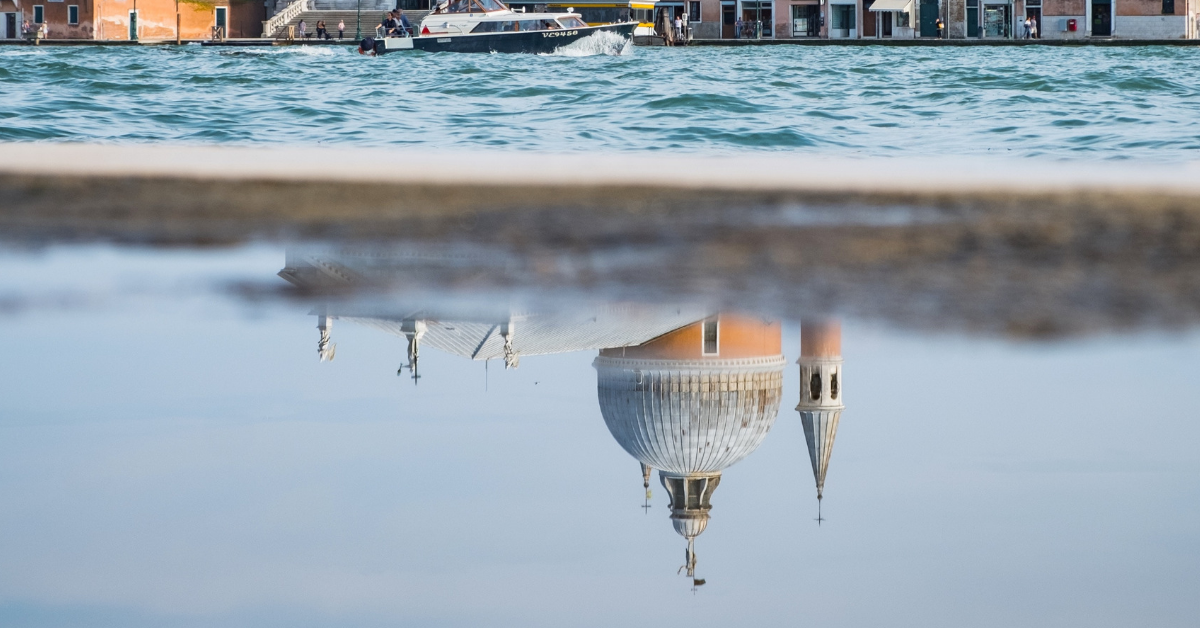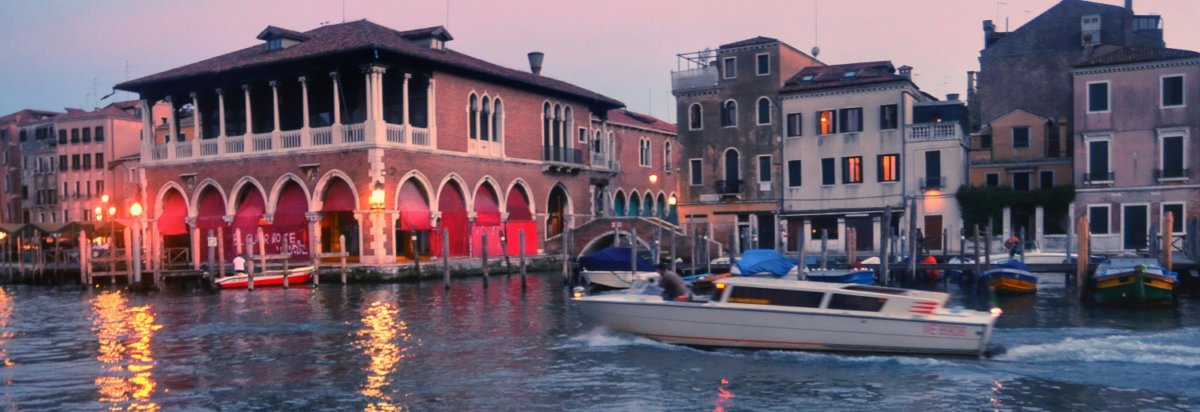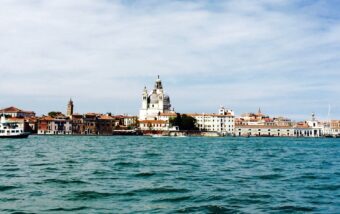Is Venice sinking? When will it happen?
Is Venice sinking? Discover the fate of this enchanting city’s waterways and future risks
Acqua alta
Many people wonder if Venice is sinking. If you’re familiar with Venice you’ll probably already be aware of the ‘acqua alta’, or ‘high water’ which affects the city numerous times a year at higher tides. As a visitor, your trip may not coincide with this phenomenon, but if it does, you’ll find St Mark’s Square temporarily turned into a lake and raised boards provided for you to walk on. When will Venice be underwater? At the moment, the phenomenon worries residents and visitors but it’s not an immediate cause for panic and it’s not why people say: ‘visit Venice before it’s too late’.

The increasing frequency with which the acqua alta occurs is thought to be a consequence of the management of the lagoon – in particular land reclamation and the deepening of underwater channels to accommodate tankers. Water moves more quickly in the lagoon as a result, causing more tidal extremes that bring high water at one end of the spectrum and the exposing of wooden building foundations, causing them to rot, at the other. The wash from cruise ships and other motor traffic in the increasingly busy lagoon exacerbates the erosion of these foundations.
But high water could be aggravated by a longer-term concern: tide after tide, Venice is sinking.
Why is Venice sinking?
But why is Venice underwater in some periods of the year? It’s long been known that Venice suffers from subsidence. Built on a muddy lagoon with inadequate foundations, the ground beneath it has slowly compacted over time. This, combined with the groundwater being pumped out from under the city and a gradual rise in sea levels, has resulted in the city very slowly sinking. Underlying plate tectonics are also to blame, thanks to the subduction of the Adriatic plate beneath the Apennine mountains.
Groundwater pumping has been stopped, and for a while it was thought that the subsidence had stopped; but a new study has shown that although it’s slowed down, it continues to affect the city. It’s even been discovered that the whole area also tilts very slightly to the east, with the city itself on the slightly higher end and this is why Venice is sinking.

How much does Venice sink in a year?
So, when will Venice sink? The latest study suggests that it’s sinking at a rate of about 1 to 2 mm a year, and if it keeps up this pace over the next 20 years, it will sink by around 80 mm relative to sea level. Special barriers are being constructed to reduce the amount of water entering the lagoon at high tide, though the project has suffered numerous delays and the latest completion estimate isn’t until December 2023.
The effect of the saltwater on the buildings is already increasingly apparent: it’s not a coincidence that there’s that romantic air of decay about Venice’s crumbling buildings. Because the water levels are now permanently over the original damp-proofing, the water is more easily able to seep into the masonry, and the ground floors of many of the city’s apartments are no longer habitable.
When will Venice sink?
It is difficult to predict an exact timeline for when Venice will be underwater, as the process of subsidence and sea level rise is gradual and affected by various factors. However, experts have suggested that if current trends continue, the city could be at risk of disappearing beneath the waves by as early as 2100. Nevertheless, there are ongoing efforts to mitigate the impact of sinking and flooding and to protect the city’s unique cultural and historical heritage.
All that said, the changes being observed are very gradual; Venice isn’t just going to disappear beneath the waves in the style of a Hollywood disaster movie. So don’t worry: you can still go ahead and plan that Venice day trip!






